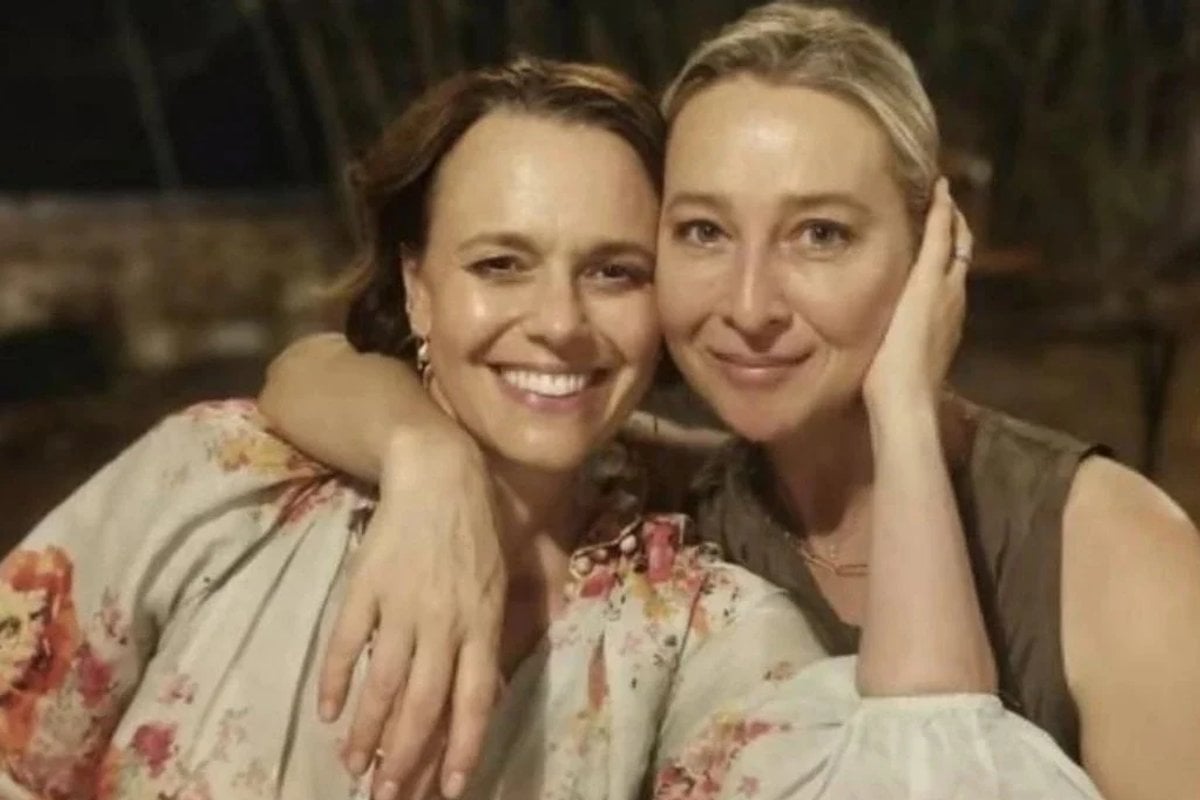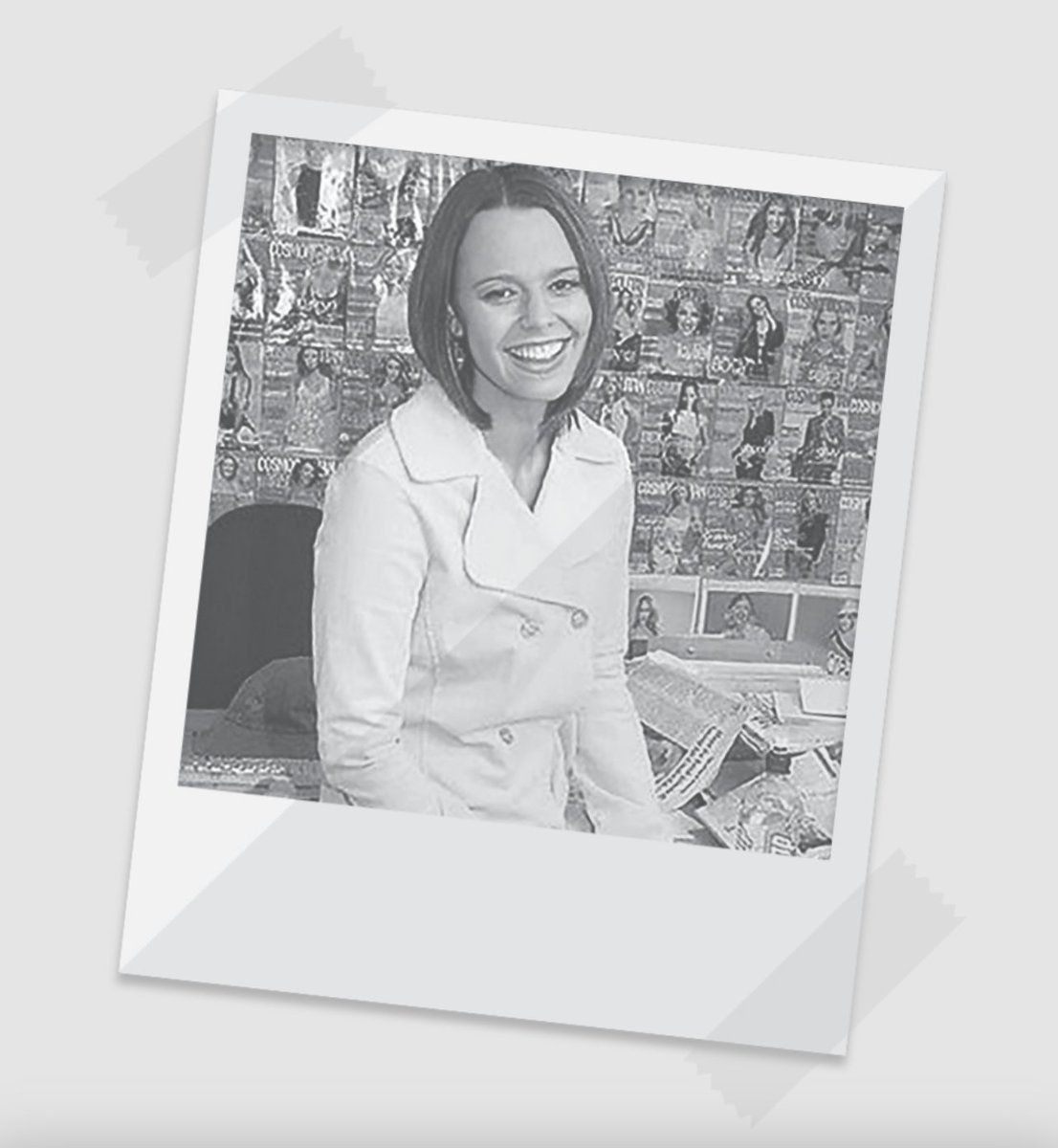
The following is an edited excerpt from Mia Freedman's memoir Work Strife Balance, which is the inspiration behind the new TV series Strife.
In the 15 years I’d worked in magazines, I'd always based my editorial decisions on my feelings as a reader, not as an editor. This is how you gather your most valuable insights; my advocacy around body image began that way. As a consumer of magazines myself, I knew how dispirited I felt to see nobody who looked like me or any woman I knew. As a woman and a feminist, I thought this was appalling. As a businesswoman (which magazine editors are, don’t let the rest of the media mislead you into thinking otherwise with their patronising portrayal of that job), I thought it was a baffling one. Why make your readers feel bad about themselves after engaging with your brand? How is that good for business?
You can argue convincingly that many marketers do this deliberately precisely because it is good for business. In her iconic book, The Beauty Myth, Naomi Wolf first floated the theory in 1990 that companies marketing products and services to women use our insecurity to prompt us to buy. Create a problem then market a solution. Women's magazines have always done this.
Cover lines like...
IS YOUR HAIRCUT MAKING YOU LOOK OLD?
DOES HE THINK YOUR VAGINA IS TOO BIG?
7 SIGNS HE'S ABOUT TO BREAK UP WITH YOU
DOES YOUR SEXUAL HISTORY MAKE YOU A SLUT?





























































































